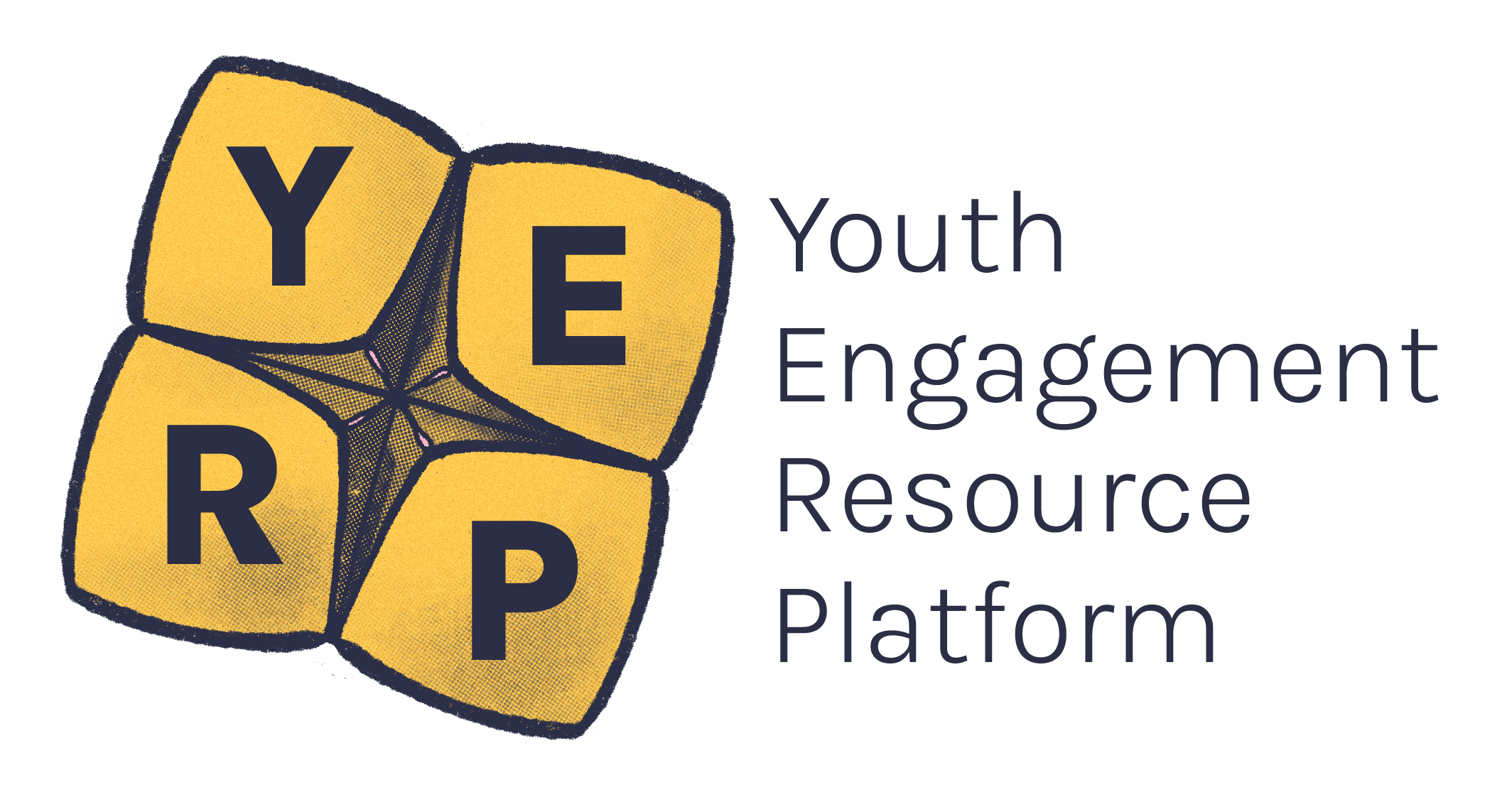On this page
Summary
YACVic has made a submission to the Legislative Assembly Environment and Planning Committee’s inquiry into the supply of homes in regional Victoria.
Ensuring housing supply meets the needs of young people is not simply a matter of increasing stock; it requires strategic planning informed by the voices of young people, addressing the quality, location, and liveability of new housing developments. Our submission focuses on the unique housing needs of young people in rural and regional Victoria. While regional housing supply is a critical issue across the population, young people face unique and compounding barriers, including limited income, insecure rental markets, inadequate transport infrastructure, and a lack of youth-appropriate housing options.1 Without immediate and targeted intervention, the risk of housing stress, displacement, and social disconnection among young people will only grow, particularly within those from already marginalised communities.2
Drawing on direct consultation with six young people (aged 12-25) from rural and regional Victoria (Warrnambool, Wodonga, Shepparton, and Swan Hill), this submission highlights the lived experiences of young people navigating regional housing systems.
Their insights underscore the need for youth-responsive housing policy that goes beyond addressing housing supply alone, focusing instead on the quality, affordability, accessibility, and location of homes. This includes building homes close to jobs and education, supporting community cohesion, and ensuring public transport and digital infrastructure are prioritised.
Our submission makes 11 key recommendations, including:
- Expand the availability of social and community housing for regional young people
- Deliver a diverse mix of housing types to suit the various needs of cohorts, including youth-specific
- Mandate climate-related minimum standards for new housing builds
- Consult with diverse range of local community stakeholders, including young people, when planning new housing builds
Our Recommendations
Expand youth-focused social housing
Young people in regional areas face significant barriers to affordable housing due to lack of public housing stock and youth-specific support services. The Victorian government should build more housing models that include support for study, jobs, and mental health, like the Youth Foyer model.
Advocate to Raise the Rate
Payments like Youth Allowance and JobSeeker are too low for people to be able to afford rent. The Victorian Government should ask the Federal Government to raise these payments to reflect the real cost of living.
Housing types to meet housing needs
Not everyone needs the same kind of home. A broader range of housing types, including studios, shared housing, and one-bedroom units, is needed to suit young people’s diverse living arrangements. Planning reforms and developer incentives should promote flexible, smaller-scale housing near services.
Reducing urban sprawl
Spreading out housing too far makes it hard for young people to get around. Urban planning should prioritise medium- and high-density housing to reduce sprawl, improve walkability, and access to essential services.
Minimum climate and energy standards
New homes should be built to handle things like fires, floods, and heat, and should also be energy-efficient to keep bills low. New housing must meet minimum climate resilience and energy efficiency standards to address environmental concerns and reduce long-term costs for young people. This is essential given increasing regional disaster risks.
More transport, more often
New homes should be close to public transport and safe walking and cycling paths so young people can get to school, work, or other services without needing a car.
Reimaging empty spaces
Old shops or factories that aren’t being used could be repurposed for affordable housing or developed into ‘third spaces’. Planning laws should be reformed to allow vacant commercial and industrial properties to be converted into affordable housing.
More creative housing solutions
Flexible zoning should be introduced to make it easier to build small or low-cost homes, like tiny houses, backyard units, or caravans. These alternatives can provide more affordable and accessible pathways to housing for young people.
Encouraging long-term rentals
Too many homes are used as short-stay rentals like Airbnb, making it harder for locals to find long-term housing. Better regulation of short-stay rentals is needed to reduce their impact on housing availability and affordability. Measures include rental caps and increased taxes for investors.
More support for renters to home ownership
Long-term renters should be able to use their rental history to qualify for mortgages. This change, combined with targeted first-home buyer support for regional young people, would improve young people’s access to home ownership.
Support for local workforce
We need more tradespeople to build and fix homes. The government should support training programs and apprenticeships for young people, like YACVic’s Disaster Recovery Project that helped many young people gain skills and qualifications.
Home ownership equity
Tax and ownership reforms are needed to prioritise first home buyers who will live in their home, and introduce disincentives for people with multiple investment properties. Proposed measures include progressive land taxes, higher investor stamp duties, and caps on residential property ownership.
References
- Youth Affairs Council Victoria. Submission to the Parliamentary Inquiry into the rental and housing affordability crisis in Victoria. [Internet]. Victoria (Australia: YACVic; 2023 [cited 2025 Apr 29]. Available from: https://www.yacvic.org.au/assets/Documents/YACVic-Submission-Inquiry-into-the-Rental-and-Housing-Affordability-Crisis-2023.pdf
- Stone W, Clark S, Goodall Z, Hartung C. ‘We’ve been robbed’: Young women and gender diverse people’s housing experiences and solutions. Victoria (Australia): Swinburne University of Technology; 2024. Available from: ‘We’ve been robbed’: Young women and gender diverse people’s housing experiences and solutions




